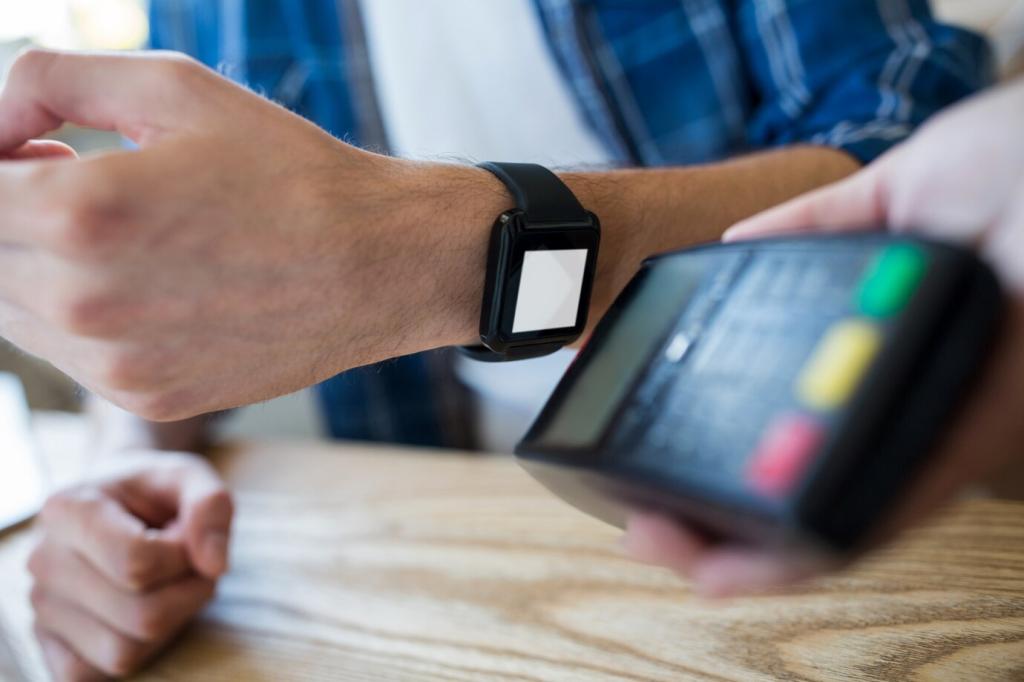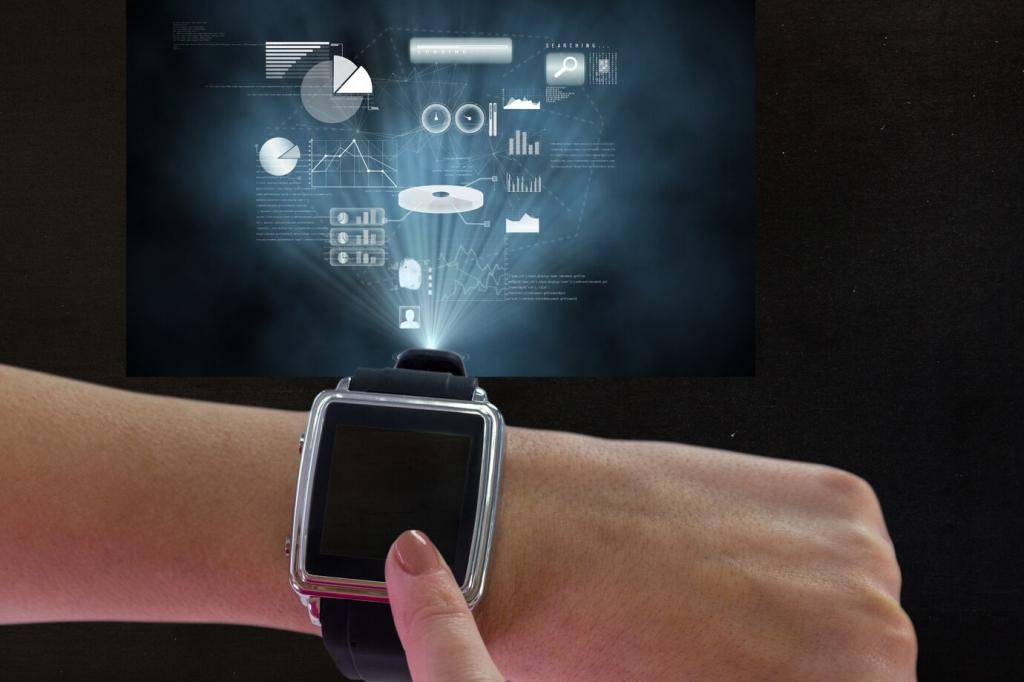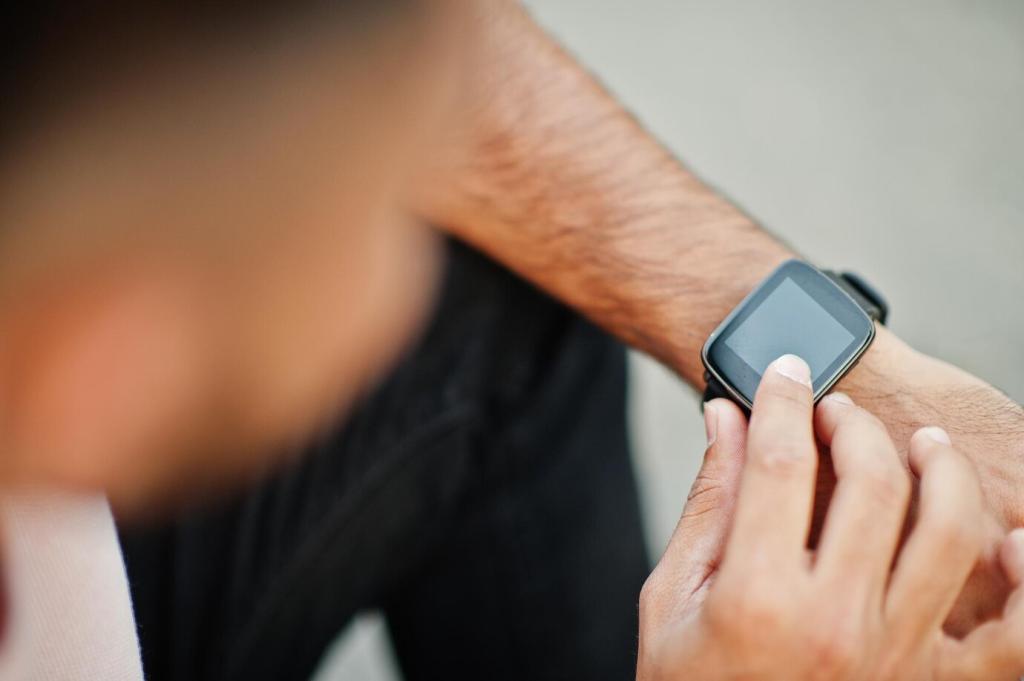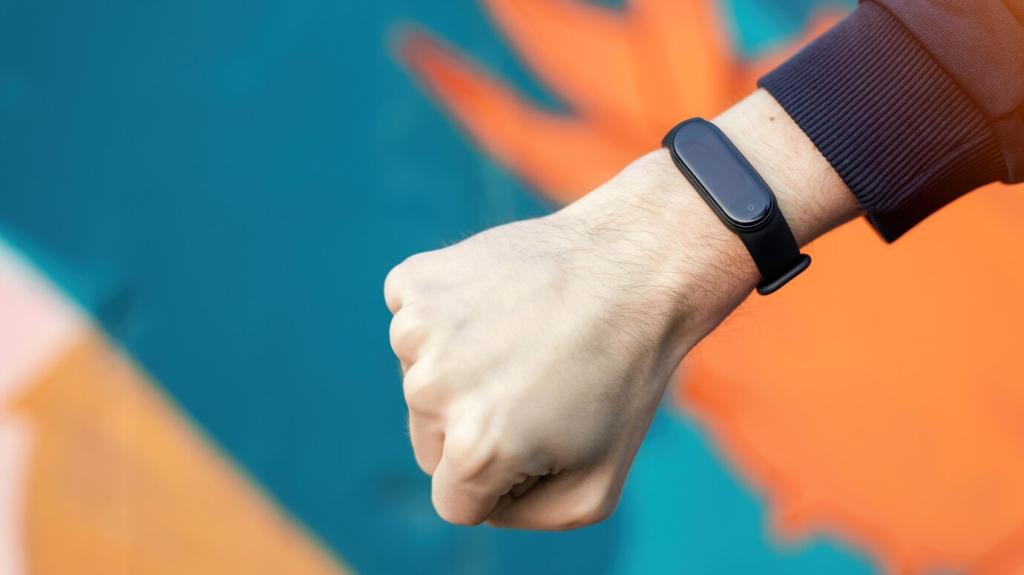Today’s Theme: Optimizing Battery Life in Wearable Mobile Apps
Tiny screens, tiny batteries, huge expectations. Today we dive into practical, human-centered strategies for optimizing battery life in wearable mobile apps—mixing proven techniques with real stories. Read on, share your experience, and subscribe for weekly, power-saving insights.



The Wearable Energy Equation
On wearables, the usual suspects are the display, radios, sensors, CPU bursts, and haptics. Always-on faces, frequent network pings, and overly chatty sensors stack up. Map your top drains first—measurement beats guesswork and turns opinions into actionable decisions.
The Wearable Energy Equation
A runner wrote to us after their watch died at mile twenty-two. Postmortem showed constant GPS and minute-by-minute syncs. We batched uploads, fused motion for idle stretches, and added adaptive sampling. Next race, same watch, plenty of battery at the finish.
Designing Interfaces That Sip, Not Gulp
Use monochrome, avoid gradients, and refresh sparingly in ambient mode. On many OLED-based wearables, darker pixels cost less. Show only essentials—time, a key metric, and subtle indicators. Save rich visuals for active mode, not every passive glance.


Designing Interfaces That Sip, Not Gulp
Animations delight, but constant motion drains. Prefer short, easing-based transitions and skip unnecessary loops. Budget haptics: brief, single pulses for wins; silence for routine confirmations. Ask yourself, “Does this vibration earn its energy?” If not, remove or condense it.
Smart Sensors, Smarter Sampling
Adaptive Heart-Rate Sampling
Increase sampling during workouts, decrease at rest. Trigger bursts after detected intensity changes, then decay to a relaxed interval. Cache recent values to avoid redundant reads. This simple curve often cuts sensor time dramatically while preserving the fidelity users actually notice.
GPS Only When It Matters
Use accelerometer and gyroscope to infer stillness, then duty cycle GPS aggressively. Start with coarse location until movement persists. When stopped, pause GPS and predict drift bounds. Readers, how do you balance accuracy against battery during intervals? Share your heuristics below.
Batching and Coalescing Events
Collect multiple sensor events, timestamp them precisely, and flush in a single write or transfer. Coalescing reduces wakeups, context switches, and radio chatter. Try larger batches during low-latency moments, smaller ones during workouts. Measure the effect on perceived responsiveness and energy.
Batch, Cache, Compress
Group requests, enable gzip or Brotli, and cache aggressively with ETags. Avoid chatty polling; prefer push or scheduled sync windows. A five-minute batch window can slash radio activations while keeping data fresh for most wearable use cases.
Prefer Bluetooth LE to Cellular Relays
When paired, offload heavy requests to the phone via Bluetooth LE, letting the phone handle cellular or Wi‑Fi. It’s usually cheaper than direct wearable networking. Fall back gracefully when disconnected, and surface status so users understand what’s synced when.
Offline-First for Peace of Mind
Design flows that succeed without a connection: queue actions, resolve conflicts later, and show clear pending states. Users feel confident without forced retries, and your app avoids energy-draining network flapping. Tell us where offline-first felt hardest; we’ll respond with pattern ideas.
Wear OS: Constraints Over Wake Locks
Use WorkManager with constraints like device idle, network type, and charging state. Batch telemetry uploads and avoid ad-hoc wake locks. For urgent tasks, use a brief Foreground Service with tight timeouts and clear cancellation paths. Log durations to catch regressions quickly.
watchOS: Background Tasks with Intention
Leverage BGAppRefreshTask and background delivery from HealthKit. Request windows you’ll genuinely use, precompute payloads, and respect system budgets. Snapshot efficiently so complications and app switcher previews update crisply without constant rendering. Share your best refresh cadence; we’re gathering comparative results.
Complications Updated with Grace
Update at meaningful moments, not every minute by default. Choose timeline entries thoughtfully and degrade to textual states when data is stale. Users prefer reliability over flicker. Post your complication strategy; we’ll compile examples that balance freshness with battery kindness.

Measure What Matters
Use Android Studio Energy Profiler, Battery Historian, and Perfetto traces; on iOS, check the Energy Log and Instruments. Correlate power spikes with features. Create reproducible scripts for a typical day: workouts, commutes, and notifications. Repeat after changes to validate progress.
A Real-World Win and Your Next Step
A fitness app cut average workout drain by thirty-two percent by switching to adaptive heart-rate sampling, pausing GPS during stationary stretches, and batching uploads to post-lap windows. Users noticed only that workouts finished with battery to spare, not the engineering sleight of hand.
A Real-World Win and Your Next Step
Measure drains, constrain UI brightness, batch network calls, adapt sensor intervals, align background work, and instrument everything. Pick two items this week and report back your numbers. Subscribe to get our printable checklist and a monthly teardown of real-world wearable optimizations.
A Real-World Win and Your Next Step
Is it GPS accuracy versus longevity? Rich haptics versus subtlety? Post your hardest trade-off in the comments. We’ll respond with options, examples, and data-driven tests you can run on your next build to move the needle thoughtfully.
